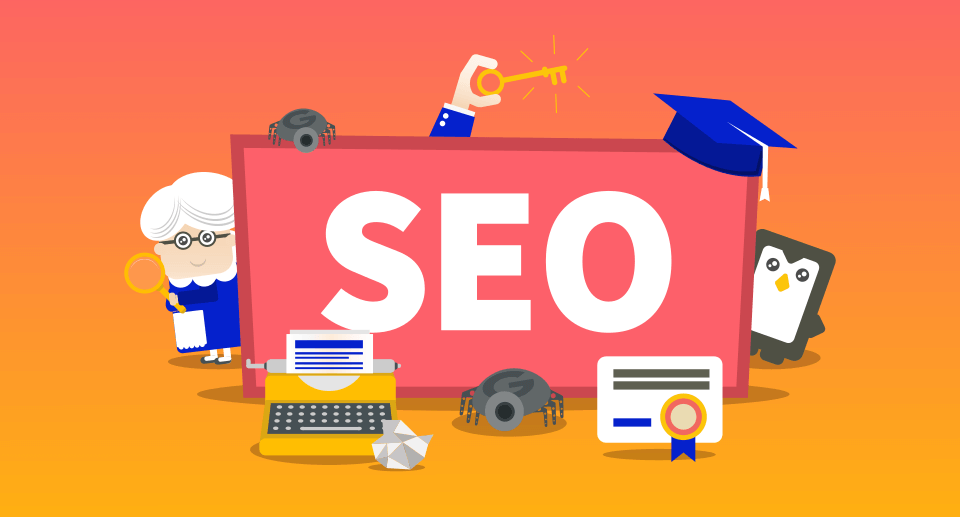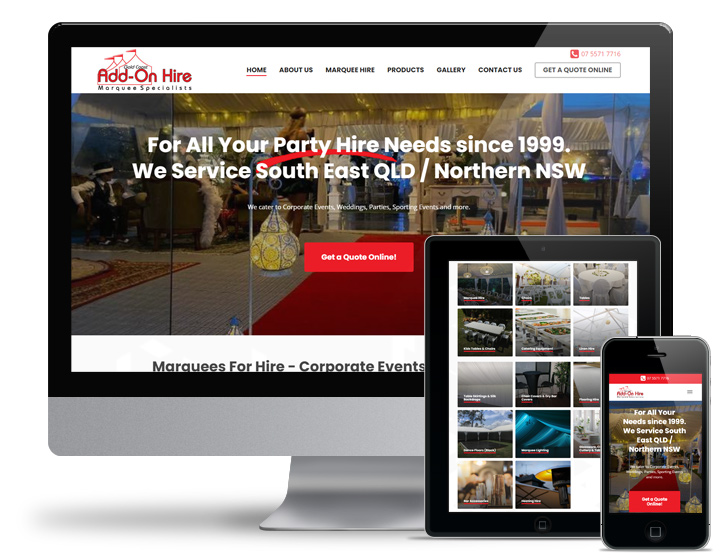Google advises we 'qualify outbound links' utilizing the link quality 'nofollow':.
Use rel=" sponsored" or rel=" nofollow" for paid links.
Use rel=" ugc" or rel=" nofollow" for user created material links.
Use nofollow on widgets, styles and infographic links.
Don't use nofollow on every external link on your site.
Do not utilize nofollow on internal links.
Link out usually to beneficial resources without utilizing nofollow.
Google states Nofollow is a "hint for us to include for ranking functions".
When it concerns online search engine like Google, a link from one site to another website is a 'vote' for the website that has the link pointing to it (an example of a link that passes Pagerank).
Hyperlinks aid Google rank files on the web in its SERPs (Online Search Engine Outcomes Pages), and as such, have actually long been abused by link contractors. I used to be among these kinds of link builders (before 2012 when Google launched the Google Penguin algorithm upgrade).
Search engines like Google, ask that you sufficiently supply machine-readable disclosure and include the'Re= Nofollow' attribute to ANY paid links on your website or any paid links you BUY that point TO your website.
This makes sure the link will not count as a vote or recommendation for another page nor will it pass Pagerank nor any other ranking signal.
Failure to add the Rel= Nofollow credit to paid links places your site in a 'link plan' and ultimately damages the track record of your site, as far as Google's algorithms are concerned.
Using the HTML attribute on an external (outbound) link tells Google you do not attest this other web page enough to assist it's search rankings.
The quality likewise successfully 'insulates' your site versus any loss of 'reputation', as Google calls it, when you link out from your website. Google categorizes paid or other-wise non-disclosed monetised links 'abnormal links'.
You can get a Google penalty or manual action for unnatural links.
Example "Nofollow" Link Code.
Rel= nofollow is a characteristic you add to a hyperlink on a website:.
Google would choose all non-editorial links marked-up with the attribute rel=" sponsored" (or rel=" nofollow)" to avoid these type of links passing Pagerank and affecting SERPs.

This includes:.
paid links.
press releases.
advertorials.
affiliate links and.
native marketing.
This is to separate such links from naturally made backlinks-- the kind of links Google intends to reward.
Arguments. The questionable (for SEO) Rel= nofollow quality has actually been around because 2005 and is here to remain. Paid links without the attribute are VERY DANGEROUS to online search engine rankings for your website. Obviously, with the quality, the organic online search engine value of paid links is effectively neutralised.
There are a great deal of people who argue about using the characteristic; when to use it, where to utilize it, if it can be utilized to shape link equity, how it impacts Google PR and even precisely how Google handle a nofollowed link.
There's been observations and arguments advertisement nauseam that "nofollow links pass PR" or "that you can shape internal PageRank" or that Google's guidance is misleading or incorrect. Note: I think Google informs us a lot about what will adversely affect the performance of your website in Google-- it's all there in web designer videos, webmaster standards and the manual search evaluator quality rater guidelines.
As there often is, there has been confusion when it concerns how Google deals with nofollow links.
I believe nofollow is as Google states-- efficiently a non-link when it concerns ranking your site. At least-- it is suggested to be.
You can expect links with 'rel= nofollow' will not affect your search rankings in a positive or negative method in the conventional sense. Who understands if Google cares about actual users who visit your site through an authentic editorial nofollow link? They might.
Nofollow is device identifiable sponsorship disclosure to Googlebot so Google can deal with it appropriately.
When it concerns paid marketing and sponsorship to endorse items, it is law in many nations you must divulge any paid marketing relationship anyway.
How does Google deal with sites where all external links are no-follow?
Among my customers was connecting out to genuine and relied on sites from pages on his website and added rel= nofollow to the links because he believed this was assisting his website. This is unneeded.
There's no reason to put the attribute on editorially authorized links.
In my experience, if you write an article and utilize the characteristic on all links on your blog site for no other reason than to conserve Pagerank, or even believe linking out to unimportant websites will hurt your site, you're misguided at finest.
Google doesn't penalise you for connecting to irrelevant sites if both pages in question pertain to each other.
Use nofollow just if you don't wish to guarantee the page you're linking to, for fear of losing track record OR if your site is made with "user created material".
I continue thinking that Google may be taking in the quality or precision of your outbound links in some small way to determine your track record, so don't lose out since you are efficiently not connecting to any person.
Think about, the link you make may be the link that assists another REAL website get traffic from Google and please Google's users-- that's not a bad thing for anybody.
I have little factor for the attribute nowadays beyond user-generated comments and affiliate links. I do not utilize it to shape Pagerank, and I don't use it in any arena where editorial moderation is in play.
I only use it for sites that don't be worthy of the link to be search engine friendly and in 99% of the cases, if I don't have any reason to trust a website, I will not make the link a link at all.

Pet hate-- sites where every outgoing link is nofollow.

Should I Apply Nofollow To My External Social Network Profile Hyperlinks Like Twitter, Facebook and Linkedin?
NO.
Why would you after checking out the above. Don't you want your social networks profiles to rank in Google and be associated with your website? The nofollow attribute (we were informed) 'evaporates' the Pagerank your page has to 'donate' to other pages on the web and passes no potentially positive 'signals' along to the other page.
Your website derives no gain from applying nofollow to social networks profile links, and if you do use the rel= nofollow attribute to such links, neither do your social media profiles.
Whatever you do is going to have a tiny effect on your own website rankings, however connecting naturally could assist your social media profiles significantly.
Keep nofollow for paid links, user-generated content and websites you do not trust for some factor.
Can Nofollow Links Hurt You?
No.
Unless you are spamming people ridiculous and annoy the Google Web Spam team.
Should I Add Nofollow To My Widget or Infographic?
Should you apply nofollow to widgets? It is suggested.
KEEP IN MIND-- You can also utilize robots meta tags or X-Robots-Tag HTTP header to manage how Google treats ALL the links on a page if you decide you really need that in particular situations.
You can also block actual pages utilizing robotic txt (or X robots or meta tags) or block outbound links by means of redirect scripts if you are worried about losing trust and track record in Google and dream to avoid the nofollow characteristic completely.
Should you apply nofollow to infographics? "Think about" it.
As an aside, here's an infographic on "when and how to use" nofollow from Search Engine Land whose creator is now a Google representative (who wrote about the concern of https://247creative.com.au/ nofollow in 2009, to0).
This infographic is consisted of without the nofollow attribute and included on this page due to the fact that it is actually useful and I wish to reward the developer of it-- however that's reasonable disclosure, isn't it?.